Welcome to the future of personal AR/VR Spatial Computing. Welcome to the realm of Apple Vision Pro and visionOS. As the latest addition to Apple’s revolutionary...


Planning and defining your software development project scope is essential for ensuring the success of the development endeavor. By establishing clear objectives, deliverables, and constraints upfront,...
Why is the 2024 layoff good for remote and offshore workers?
Creating the perfect team is critical for LLM-powered applications. But how do you find them? This article will explore the key elements of assembling a qualified...
Electron.js is a cross-platform software development framework that enables developers to create desktop apps using JavaScript. The framework is an open-source project that is supported by...
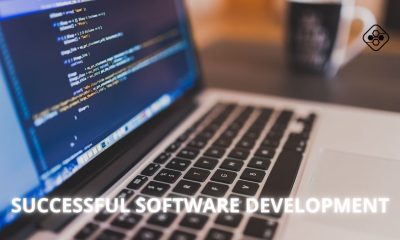

Whether customized or for the general public, software development faces a huge challenge to create and deliver it to match the customer’s needs and business process....


Ever feel like a cat at a dog show? That was me, the day I stumbled onto the fascinating world of AI prompt engineering. With no...
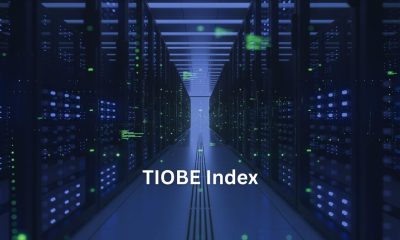

The Global TIOBE Index is a widely cited indicator of the popularity of programming languages. It’s based on the number of skilled engineers, courses, and third-party...


When acquiring software for your business, it’s essential to not only consider the initial purchase price but also the Total Cost of Ownership (TCO). The TCO...
Python, as a programming language, has revolutionized the world of information technology (IT) as we know it for the last three decades. It has helped evolve...
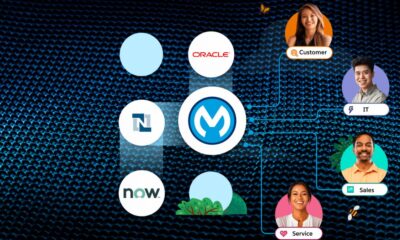

How tough migrating from TIBCO to MuleSoft can be? Call ProwessSoft, XTIVIA or Scalefocus. Top Reasons to Migrate from TIBCO to MuleSoft Why Choose MuleSoft over...
Anomaly detection in machine learning is a crucial technique used to identify unusual patterns or outliers in datasets. With the rapid advancement of technology and the...
So, today I’m diving into Erlang, a bit of an under-the-radar language. You might not hear about it much, but it’s the power behind huge apps...
JavaScript is a popular programming language used for developing dynamic and interactive websites. It’s a versatile language that can do a lot, but as projects become...


If you’re looking to hire Python developers quickly, here are five tips to help you find them in just five days. I will definitely add my...


Discover the Ultimate Payroll Solution for Small Businesses with ThePayStubs.com! Dive into our short article for a comprehensive guide on navigating the world of paystub generators....

There’s much less wasted time spent nonindustrial in the wrong direction, and the entire system is quicker to respond to changes. For example, project planning can...
I’ve got to say, I’m a big fan of Reddit (and who isn’t?). It’s pretty much the best forum out there. As a platform, it brings...
Every business owner wants their digital solution to be of high quality and stay within the budget. If you can’t afford to hire an internal team...
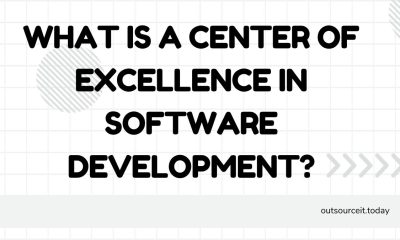

A Center of Excellence (CoE) in software development is a dedicated team or department within an organization that excels in delivering high-quality software solutions. It serves...
The role of technology in a company is important. So, what’s the difference between an Interim CTO and a Fractional CTO? Here’s a breakdown. An Interim...
When I work in the IT domain, I often come across some popular terms. I’m familiar with terms like outsourcing, problem statements, third-party companies, developers, and...


These days, automation is one of the core elements of modern software development. In 2023, ChatGPT and other AI tools made a big step in this...
Here’s my version of an A-Z glossary of terms related to roles in a development team. Some of them are familiar to you, but I’m sure...
If you’re looking for a powerful and efficient programming language, look no further than Julia. Designed to address the needs of scientific computing and data analysis,...
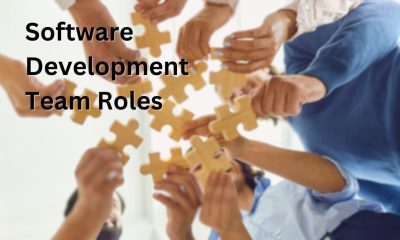

The success of any software development project heavily relies on the crucial roles played by various team members. From developers to testers, each individual contributes to...


Software prototyping has become an integral part of the software development process, revolutionizing the way projects are executed. In this article, we will explore the impact...


The era of digital transformation has opened endless opportunities for tech companies to delegate their software development needs to external vendors – or you often know...


Virtual tech staff can be your secret weapon for scaling success in software development. In today’s fast-paced and competitive business landscape, companies are constantly striving to...
In the fast-paced and competitive business landscape, customer service has emerged as a pivotal factor in shaping customer satisfaction and loyalty. As companies strive to deliver...


IT cost optimization strategies are essential for businesses looking to streamline their software development expenses and maximize efficiency. In this article, I will explore various approaches...
From flexible work arrangements to investment in technology, there are numerous ways businesses can save on labor costs without compromising their most valuable asset: their employees....
If you’re seeking to harness the power of Java for your business, outsourcing is your key. It’s a significant move that allows you to access world-class...
There are many instances when developers happen upon situations wherein string concatenation is inevitable. This could be a project that involves the building of dynamic web...
Over the past decade, the landscape of online trading software has undergone a remarkable evolution, transforming the way individuals and businesses engage with financial markets. The...
A principal software engineer is a professional who combines management and technical expertise to develop and test software that supports the achievement of company objectives. They...
What is MVP? A minimum viable product is an early release of a product that provides enough functionality to satisfy early adopters. It is the first...
www.perplexity.aitwitter.com/perplexity_ai Perplexity AI is an AI-chat-based conversational search engine that delivers answers to questions using language models. Perplexity AI Features: Perplexity AI is a cutting-edge technology that...
Are you interested in learning how to make a web crawler in Python? Look no further! In this article, we will guide you through the process...
When it comes to the world of software engineering, there is a wide range of titles that professionals can hold. From Junior Software Engineer to Senior...
How to Become a Principal Engineer: A Step-by-Step Guide A principal engineer is a highly experienced professional who plays a crucial role in the field of...


What is the best image recognition app? Is there an app that can find an item from a picture? Google Goggles: Image-Recognition Mobile App. The Google Goggles app is an image-recognition mobile app that uses...
If you’ve ever downloaded or updated software, you’ve probably come across a version number. But what exactly is a software version number, and why is it...
Managing a remote software development team can present unique challenges and opportunities. As technology continues to advance, more and more companies are embracing the benefits of...
Numerous enterprises are starting to explore the realms of machine learning and artificial intelligence (AI). Yet, for the majority embarking on this transformative voyage, the outcomes...
Stochastic Parrot is a concept in Machine Learning which focuses on using stochastic models to replicate human speech patterns. It’s a powerful tool for various applications...
MLOps is a special discipline linking machine learning and operations. It focuses on simplifying the machine learning cycle, from development to deployment and maintenance. MLOps orchestrates...